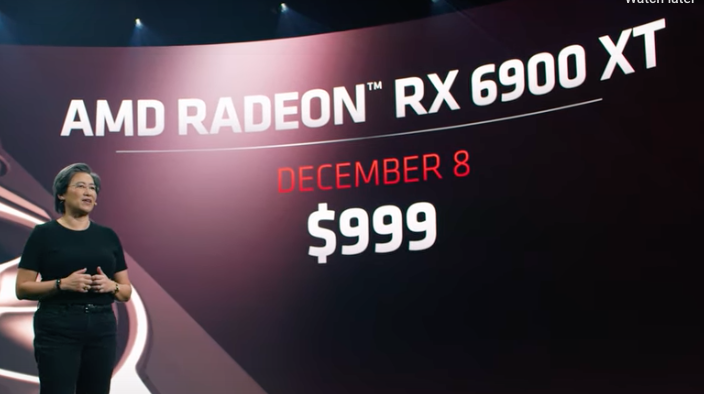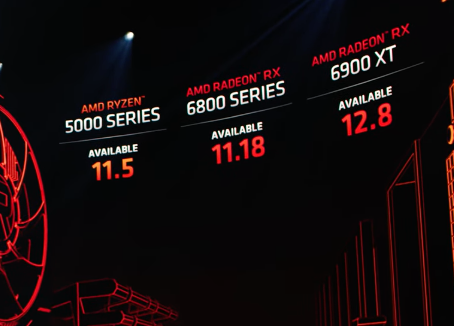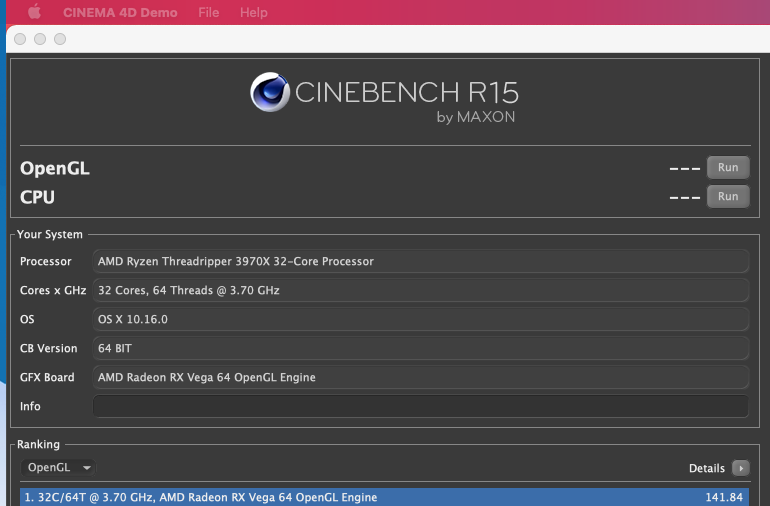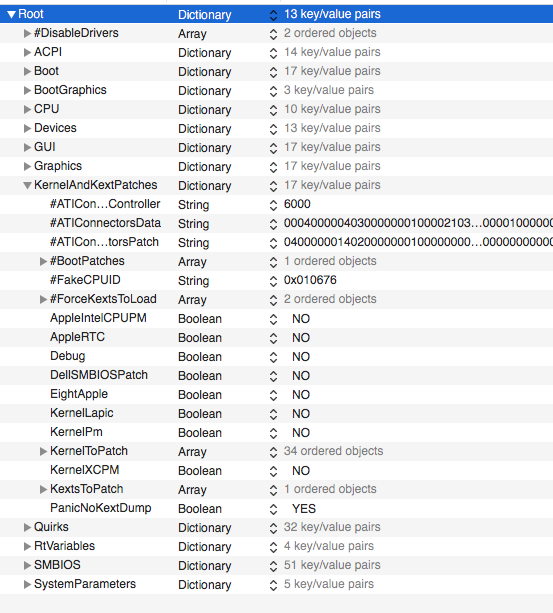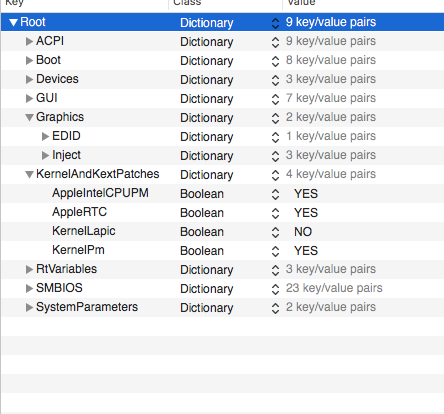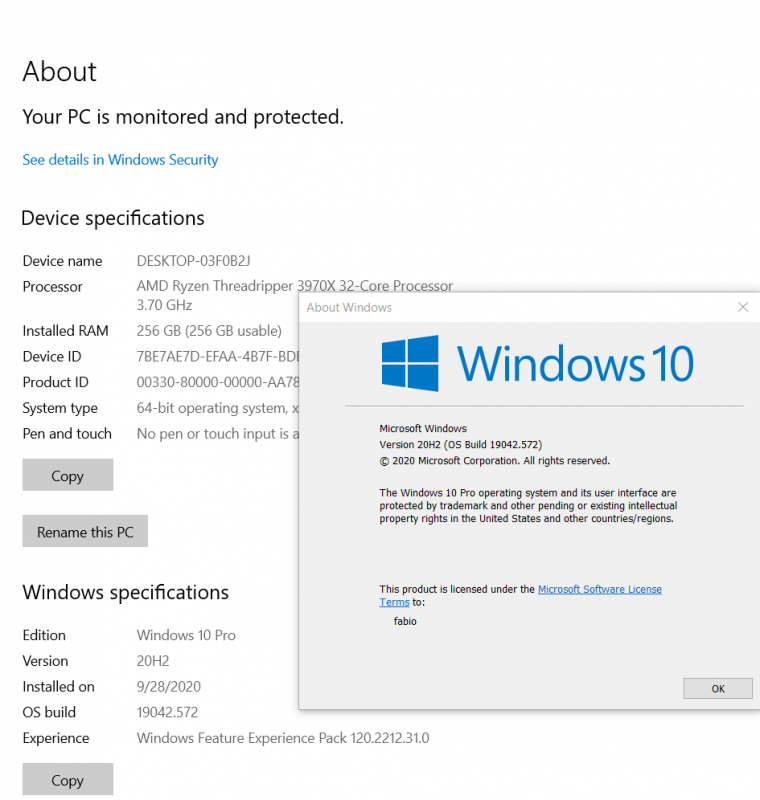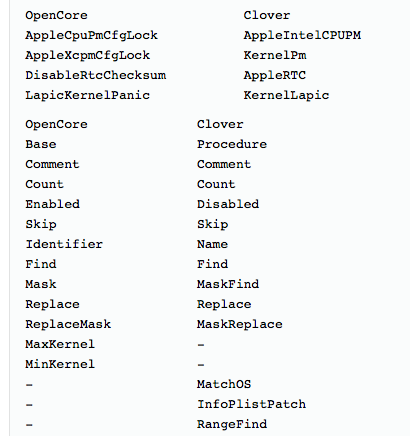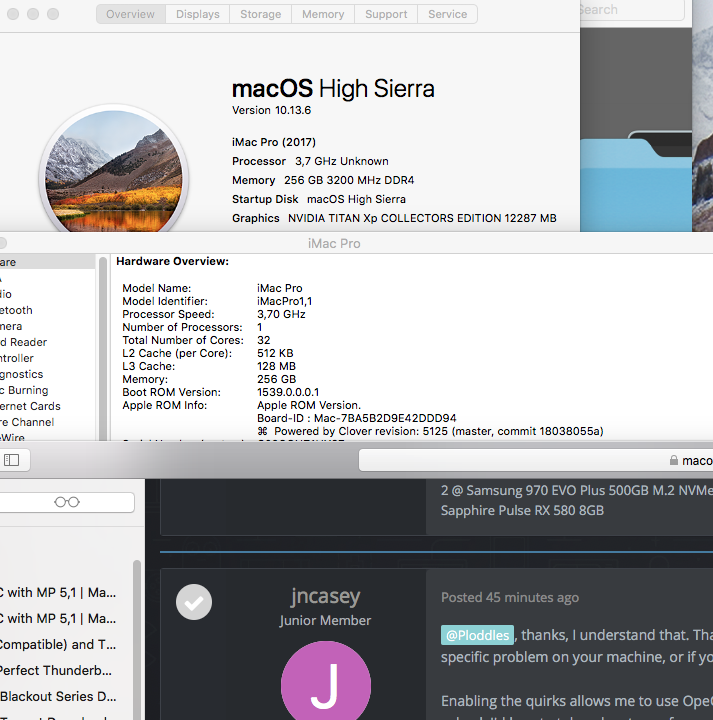-
Posts
11,902 -
Joined
-
Days Won
575
Content Type
Profiles
Forums
Events
Downloads
Everything posted by fabiosun
-
@Ciro82a breve prendo una vega 64... poi la piazzo in casa
-
io si ma poi non mi odiare se la vende molto dipende dai prezzi che tirano fuori oggi 🙂
-
bravo ed invidio la tua pazienza 🙂
-
Io propenderei per un DP 1.4 però anche da capire la frequenza di refresh alla quale vuoi giocare
-
Io non la prenderei pero se ne hai bisogno.... Mi spiego al massimo darei 400 spedito mercoledi se non trova gente prima scende ancora di prezzo
-
aggiungo anche che devi rivedere anche i driver EFI che usi in UEFi il nuovo clover funziona con un driver di OpenCore..che da te non vedo l'ultima funzione che non ha queste grosse modifiche dovrebbe essere la 5123. No so se funziona bene con Big Sur ed il tuo sistema, penso di no in quando lo sviluppatore che ha portato le nuove modifiche in clover ha "copiato" il modo che usa l'altro bootloader per far partire proprio Big Sur ma non ne sono certo al 100% se accetti un consiglio prova a vedere se trovi una configurazione con OpenCore simile al sistema che vuoi fare partire
-
se vuoi ti faccio un disegnino 🙂 ti e' stato detto di leggere il thread dove hai preso la beta di clover e non e' semplice per utenti che sanno cosa e' un quirk ed hanno fatto funzionare in precedenza il loro sistema con OpenCore ed Big Sur (consigliassimo) questo per dire che se ad esempio da te non parte OpenCore (altro bootloader che dovresti prima padroneggiare benino), potrebbe essere che il nuovo Clover di oggi da te non vada proprio quindi se vuoi utilizzare clover leggi per bene il thread indicato da @Gengik84 scaricati il nuovo clover in formato zip prendi da li il config di esempio e compila quello con i dati che riesci a capire e a trasportare dal tuo vecchio config e poi riposta una EFI se non ti parte ancora 😉
-
Sarebbe da specificare meglio in generale e non solo per te ..che per utilizzare il nuovo clover..bisognerebbe aver fatto partire il proprio sistema anche con OpenCore..
-
no @wolfgart mica funziona cosi' il nuovo clover il config lo devi rivedere completamente in base al thread che ti e' stato postato..o meglio ancora vedendo come funziona il config.plist di esempio qui a prima vista mi sembra che stai utilizzando il vecchio nuova struttura di una parte solo importante.. come e' da te ora...
-
posta la EFI senza la cartella boot e senza i temi che usi @wolfgart al momento non ci sono guide ed e' tutto in divenire, e per me molto caotico lo sviluppo Sei facilitato per avere una speranza di funzionamento sul tuo sistema se hai mai fatto partire lo stesso con OpenCore dovrai ricreare molte delle condizioni di quella situazione e familiarizzare con i quirks..
-
sarebbe bello ma di questo periodo non credo proprio che la trovi a quel prezzo
-
su tutti i connettori? o e' proprio rotta?
-
limite di budget? se ne hai pochi di limiti..dai un'occhiata in firma
- 1 reply
-
- 1
-

-
Era parecchio che non entravo in windows ero a 1904 Ha fatto un paio di riavvii dopo la richiesta di updates e questo 20H2 era in feautures update (uso tutto in inglese anche in windows) Alla fine mi sembra andare come sempre (Bene)
-
For trx40 users (nostalgic users as @iGPUfriend said above) 🙂 Attached are all the patches you can try to convert to use with Clover Bootloader from v5124 or greater following this schema posted by Slice on IM: Attached on this post also Original AMD-OSX Experimental patches for Opencore and all the declination for each existent OSX system now. I left them in the opencore format like this, to use them you have to be really interested in it. 🙂 . On IM, few volunteers are helping the sole developer in the titanic undertaking. I personally do not participate as I do not share some things in the testing method adopted, but even if not directly involved, I try all the materials they produce both official and in beta. The advice I can give is that the current versions have several bugs not tracked correctly, on all platforms but especially on ours. However, with a little patience, with the materials available you can make everything work even on trx40. I advise you, if you venture into this task ... use a config for each system you want to start. There are some problems on the recognition of the OS, fundamental this point in order not to mess up the kernel patches we use! 😉
- 3,995 replies
-
- 2
-

-
- amd vanilla patches
- amd kernel patches
- (and 3 more)
-
for our platform if you do not modify many stuff in ACPI you can boot all system only using some of those quirks Opencore devs say always if you do ACIPICA approved modify (or similar sorry I am not an expert of this) with opencore you can start other system without bad boot loader interactions in some case latest quirk is useful to avoid some problems in windows or in ubuntu Now it is also possible to boot with Clover boot loader (v5124 or greater) also on trx40..clover in the past was used to boot well many OS because it has less restrictive rules in patching stuff than OpenCore🙂 I prefer Opencore boot loader for now , but it is possible to use AMD kernel patches with success also for us 🙂
- 3,995 replies
-
- 2
-

-
- amd vanilla patches
- amd kernel patches
- (and 3 more)
-
cacchio 20 H2 quasi come Catalina 🙂
-
@jncasey Dortania Guide is often not accurate when it advices stuff for trx40 sometimes they update it latest 4 Quirks they suggest to disable in TRX40 system often could be useful as in your case.. I do not why they write in that way without a minimal explanation !
- 3,995 replies
-
- 2
-

-

-
- amd vanilla patches
- amd kernel patches
- (and 3 more)
-
Welcome here and thank you @branto
-
ei @DriftwoodI hope all is fine I think @Ploddlesas me, is trying to have a working 2021 in our AMD And if I have understood well he wanted to try to use old library (with new one fail PS 2021 for us) and see but in my case no joy to many dependences I see in those new library..and by the way..intel stuff is present the same in this 2021 "arm" release
-
puoi usare fino ad OSX High Sierra produttivamente facendo qualche vagheggio puoi installare i driver anche su Catalina..ma non avrai accelerazione grafica
-
benvenuto 🙂



